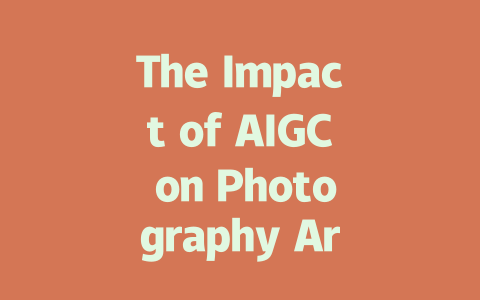
Artificial Intelligence Generated Content (AIGC) is rapidly transforming various sectors, including photography and art education. In recent years, AIGC has emerged as a powerful tool that reshapes how educators teach and students learn. This article explores the multifaceted impact of AIGC on photography art education, highlighting its benefits, challenges, and future implications.
Understanding AIGC in Photography
AIGC refers to content produced with the assistance of AI algorithms, which can generate images, videos, and other forms of media. In photography, AIGC can create visual content that ranges from realistic images to abstract designs. The integration of AIGC into photography allows educators to leverage technology to enhance creativity and accessibility in their teaching methods.
Enhancing Creativity and Expression
One of the most significant impacts of AIGC on photography art education is its potential to enhance creativity and self-expression among students. Traditional photography practices often involve technical expertise and specific equipment, which can be intimidating for beginners. AIGC tools break down these barriers by enabling students to experiment with different styles, compositions, and concepts without needing extensive technical skills.
Through AIGC, students can create unique visual narratives and explore different artistic avenues. For example, using AI-generated imagery, they can visualize abstract ideas or generate new interpretations of existing works, leading to a richer educational experience.
Redefining Teaching Techniques
AIGC is also influencing teaching methodologies in photography art education. Instructors are increasingly adopting technology-driven approaches that incorporate AIGC tools into their curricula. These tools can serve as supplemental resources, helping students better understand photographic techniques and the creative process.
For instance, educators can use AIGC to demonstrate the principles of composition, lighting, and color theory dynamically. By showcasing AI-generated examples alongside traditional works, they can facilitate discussions about artistic trends, styles, and innovations, ultimately enriching students’ learning experiences.
Overcoming Accessibility Barriers
Accessibility is an ongoing challenge in art education, particularly in disciplines like photography, where high-quality equipment can be prohibitively expensive. AIGC technology offers a solution by enabling students to engage with photography without needing costly gear. Various AIGC tools can generate high-quality visuals and designs that students may not have been able to create on their own.
Furthermore, these tools can democratize art education by allowing more individuals to experiment with photography. Students from diverse backgrounds can access these resources, fostering a more inclusive learning environment.
Navigating Ethical Considerations
While AIGC offers significant advantages, it also raises ethical concerns that photography educators must address. Questions surrounding authorship, copyright, and the authenticity of AI-generated images are increasingly relevant in today’s digital landscape. Educators must teach students to navigate these complexities, encouraging them to critically assess the implications of using AIGC in their work.
Discussions about the role of AI in creativity and artistic expression are essential in preparing students for a future where AIGC plays an increasingly prominent role in the art world. Educators should foster a balanced understanding of both the creative potential of AIGC and its limitations.
The Future of AIGC in Photography Education
As technology continues to evolve, the role of AIGC in photography art education will likely expand. Future advancements may lead to even more sophisticated tools that enhance the learning experience, offering students new ways to explore creativity and expression.
Moreover, the integration of AIGC in photography education may facilitate collaboration among students and professionals, allowing them to co-create and innovate in ways previously unimaginable. The future of photography art education will likely be characterized by a fusion of human creativity and AI-generated content, redefining the boundaries of artistic expression.
Conclusion
The impact of AIGC on photography art education is profound and far-reaching. By enhancing creativity, redefining teaching techniques, overcoming accessibility barriers, and prompting critical ethical discussions, AIGC is shaping the future of how photography is taught and experienced. Embracing this technology can enrich the educational landscape, paving the way for a new generation of innovative photographers who can leverage the power of AI to elevate their artistic endeavors.

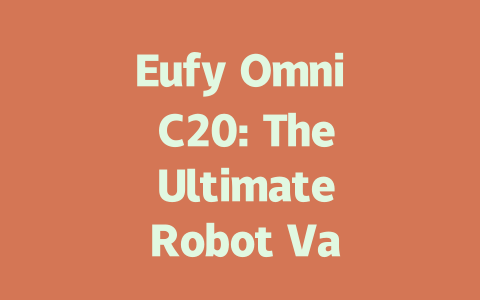
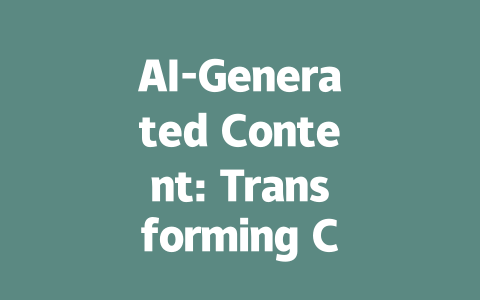




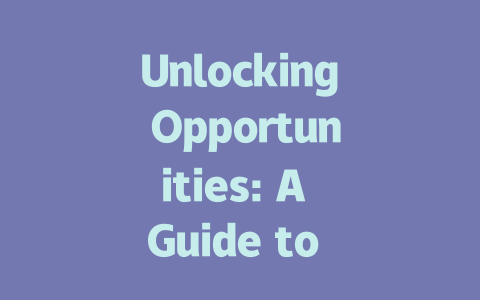
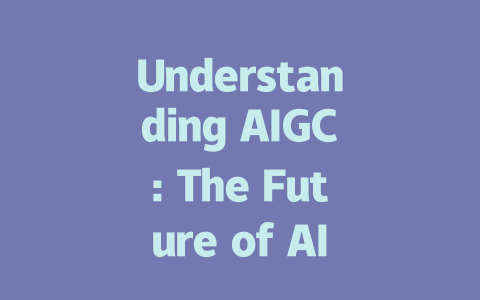
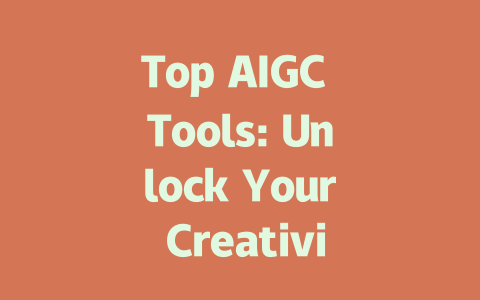
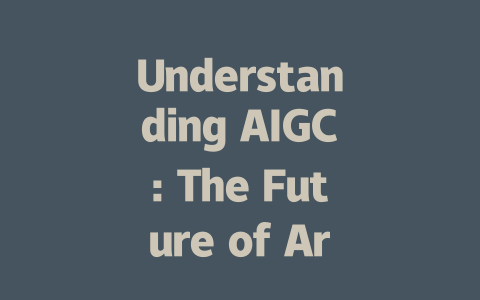
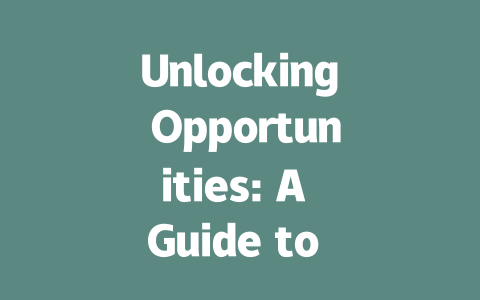

暂无评论内容